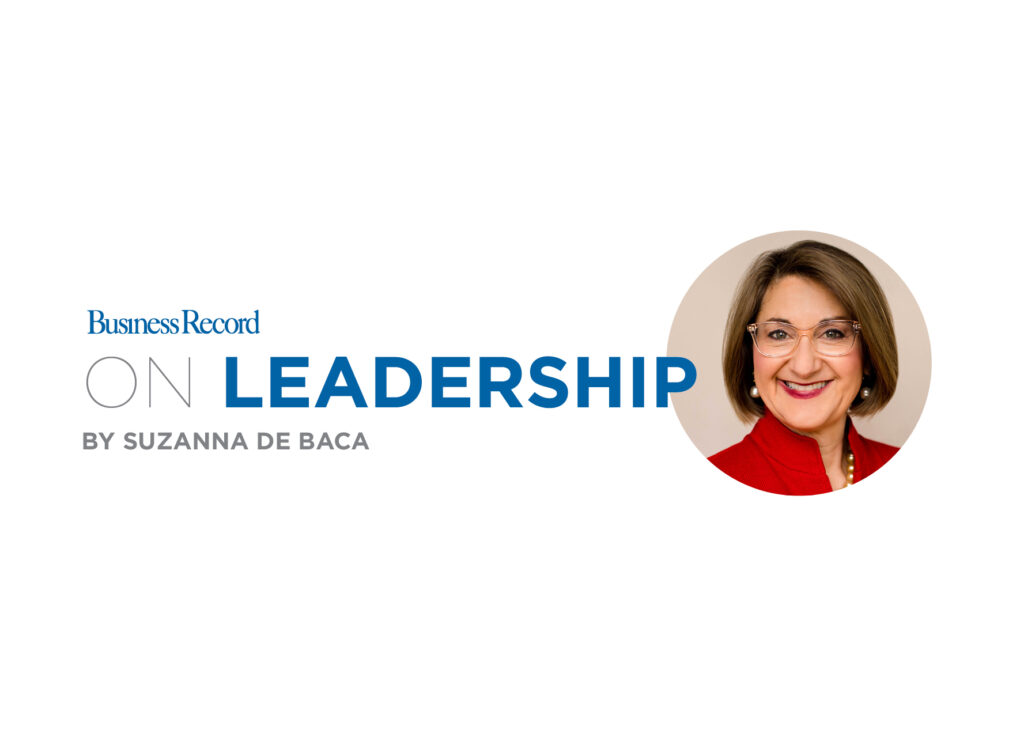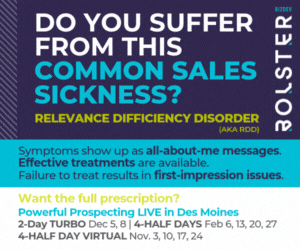Elbert: The 2020 economy

The disconnect between Main Street and Wall Street is about as wide this year as at any time in memory.
Main Street, as represented by the hospitality industry – hotels, taverns and neighborhood restaurants – along with the service jobs of hair cutters, nurses’ aides and child care providers, is having a rough go. Many who work in those occupations are hanging on by their fingernails, while others have already thrown in the towel and moved on to who knows what.
Meanwhile, Wall Street as measured by the popular stock indexes is doing fine. The Dow Jones Industrial Average closed above 30,000 for the first time on Nov. 24 and has closed above or near that nice round number much of the past month.
Granted, a Dow 30,000 is only a 5% gain for the year, but that looks good to me in a COVID year. By comparison, the Nasdaq index is up an insane 40% and the S&P 500 is up nearly 15%.
The fact is we have an increasingly bifurcated economy that is likely to remain that way for some time. Economist Jim Paulsen explained it recently in a newsletter for the Leuthold Group.
The social distancing associated with this year’s COVID recession, he wrote, “has been concentrated disproportionately among ‘social and lower earning’ industries,” including wait staffs and employees of hair salons.
In a way, it reminds me of the rolling recessions of the 1980s when the rust belt and farm economies were restructuring. But this time the target isn’t specific industries. It’s low-paying jobs.
Paulsen, who grew up in Iowa and worked in Cedar Rapids and Des Moines before settling in Minneapolis, is my favorite market guru. He shared more insights with a series of charts in a Dec. 10 newsletter.
Here’s some of what the charts showed:
Retail sales: Paulsen’s chart of same-store retail sales shows a huge drop beginning in March and continuing through June, when a big rebound began. The bounce back slowed in September and October, then shot back to pre-COVID levels in November. Paulsen wrote: “Expiring Stimulus and Exploding Covid has NOT Shut Down the Consumer!” My less-educated thought is it feels more like whistling through the graveyard.
Manufacturers: A chart of manufacturers’ intentions called the Purchase Managers Index shows a huge drop in April with commensurate rebounds in May and June and a jump in November that is more optimistic than at any time in the past three years.
Profits: A profit outlook chart also shows a big upward spike, with Paulsen noting: “Indeed, Wall Street cannot keep up with how fast profits are improving.”
Housing: New applications for home loans took a big hit in March with a commensurate rebound in May and June, followed by another spike in November. “The housing industry is hot and getting hotter,” Paulsen wrote.
Commodities: A graph of raw industrial commodity prices shows a downturn in March followed by a three-month bottom. Prices began heading up in July and have continued through the rest of the year, passing pre-COVID levels in October and prompting Paulsen to comment: “This is not the look of an economy about to tip over.”
Job losses: Two charts depict job losses. One shows the all-too-familiar dramatic increase in unemployment insurance claims that was launched in March and which has now lost a little more than one-third of its volume. That chart is continuing to fall, although at a much slower rate than it went up. The other is a graph showing the permanent loss of jobs going back to 2008. Paulsen’s comment: “After rising steadily since the pandemic began, permanent job losers have peaked in the last two months at about one-half their peak in 2009.”
Now if we can just increase the pay (and the work) for bartenders and hair cutters.







